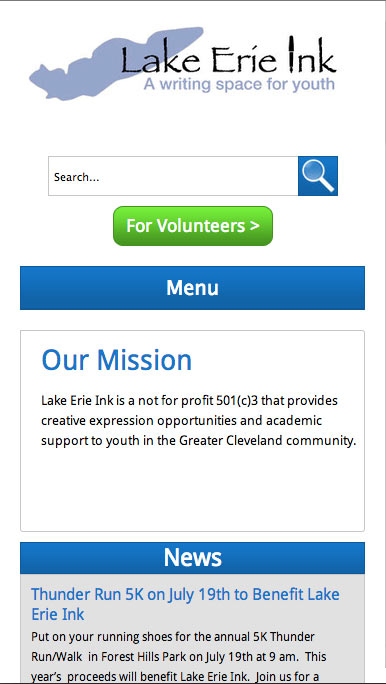I’ve added a basic web app manifest to my site. I have not experimented with the results, but I did run it through a web manifest validator mostly to success. I used the MDN guide and the HTML5 doctor article for help. I also read some of the in-progress spec, though it seemed more implementer-friendly. The content of my manifest is currently (prettified):
{
"background_color": "#4e784e"
,"display": "browser"
,"icons": [
{
"sizes": "64x64"
,"src": "favicon.gif"
,"type": "image\/gif"
}
]
,"lang": "en-US"
,"name": "Toby Mackenzie\u0027s site"
,"scope": "\/"
,"short_name": "\u003Ctoby\u003E"
,"start_url": "\/"
,"theme_color": "#4e784e"
}
I’m just using Symfony’s JsonResponse object to render a PHP array.
This is one more thing that I really shouldn’t’ve put time into until my site is more fleshed out, but it seemed cool and simple to add.
